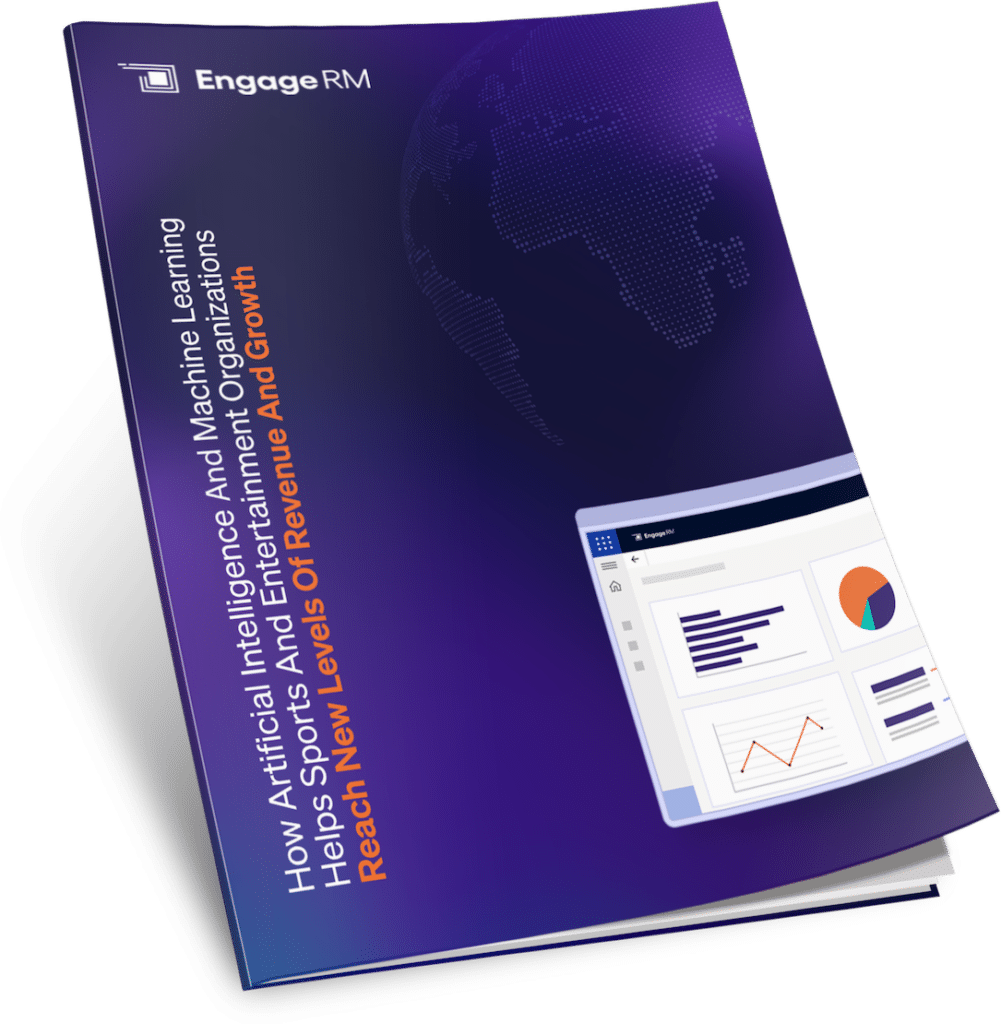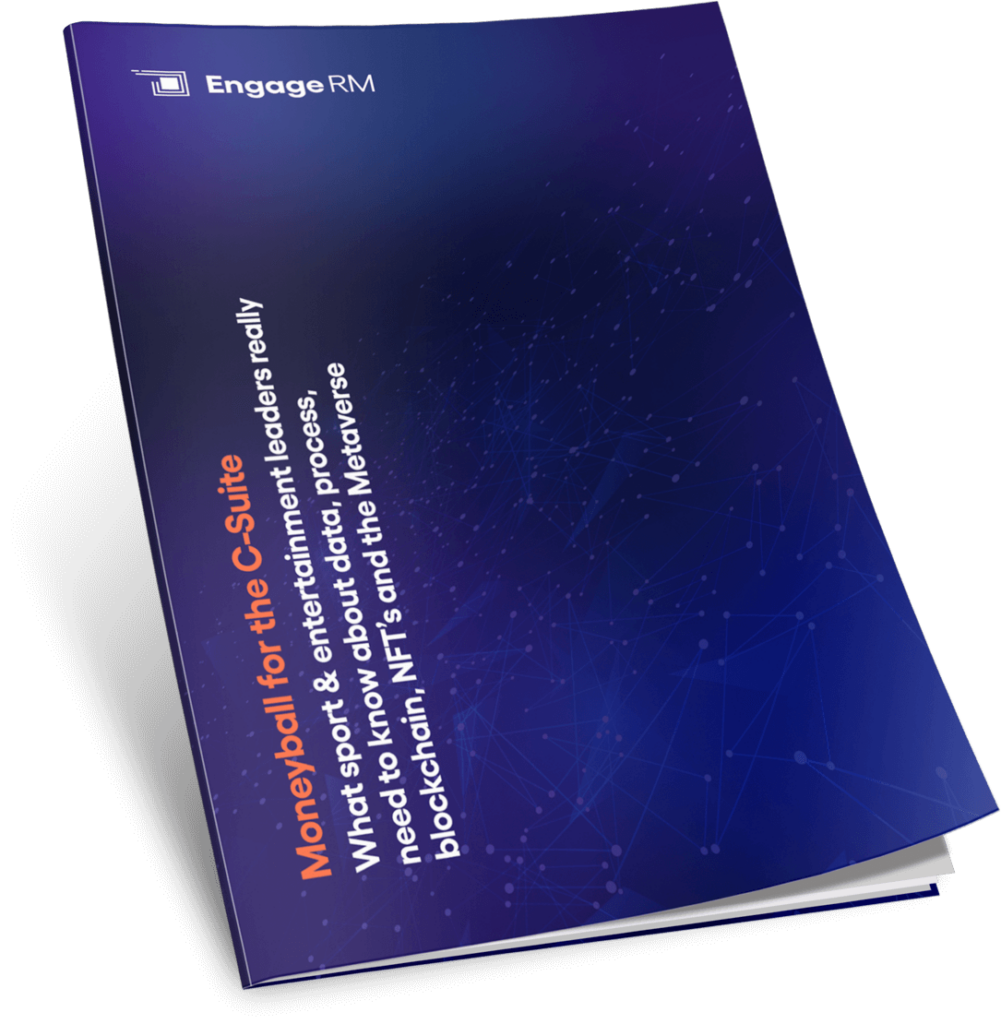The EngageRM Journey
19 October 2020
Brett Yorgey founded EngageRM, then known as Jaythom, over 20 years ago. Since 2003, when the business became a Microsoft Partner for the first time, we’ve gone from strength to strength, with many twists and turns along the way.
In this three part interview series, we asked Brett about the journey, how EngageRM has made an impact in organizations and what the future looks like.
Here’s Part 1 – The Journey
How did EngageRM start?
We started with EngageRM in 2009 on a project with Tennis Australia. We developed a membership system and built that out over about a two-year period and then moved over to the Collingwood Football Club where we started our AFL journey. We then built around corporate hospitality events with a single view of a person from a corporate perspective. That flowed on to looking at more a holistic view in membership and clients in Australia like the NBL, Netball and others. Other clients wanted a whole system for associations and clubs and we have built that out into our market-leading product today.
How does EngageRM help sports organizations to grow?
EngageRM helps sports organizations to leverage technology and enable process. This is then combined with the capture of corporate knowledge throughout the organisation so as you’ve got this ability to not have to learn things a hundred times, you learn it once, it stays within your organization, that’s shared with other people, and while you’ve got good people in your organisation, they bring strong IP. Once that starts to take effect through the organisation, knowledge is shared and there’s a consistent approach based on knowledge that’s captured from different areas of the business.
How does a customer interact with EngageRM? What do they see?
Your interaction as a customer with EngageRM would be mainly from a web environment. We now have features such as chat services that can automate some of those areas. We’ve got the ability to categorise people as to how they want to deal with us. People who are 20 – 30 years old probably don’t want to speak to anyone. They just want to go to a mobile and text. Then there are 30 to 50-year old’s that are happier to do research and interact online. And then you have older customers, who in some cases would really want to speak to someone. So, you’ve got all these different channels and what we’re doing is to make sure that the right people are spoken to in the right channel that suits their needs.
How has technology evolved over the last 10 years in sport?
I think people have become a lot more aware of what technology can provide if used correctly. Now technology has evolved so much and people are starting to understand the benefits. I think it’s being driven a lot more from the top down and that’s been a challenge over the years, especially in sports. Someone said to me that the sporting world is moving to a commercial environment kicking and shouting, so it’s been a real challenge.
What would you say to a sports organisation thinking about the use of technology?
We are starting to see at the board level the direction being given to the executive and that is technology has to play a much bigger part in what they’re trying to achieve. We’re in a great position to deliver ground-breaking results with the work that Microsoft has done over the last couple. The development of the entire ecosystem, including the CDP, Power Platform and other areas is exciting. The ability to understand and not have to have multiple people to leverage an AI system is important. Microsoft have built the technology and we‘ve been able to use it effectively. Sports organizations not utilizing this and going backwards fast, regardless of if they are a professional team or a small community organisation…









